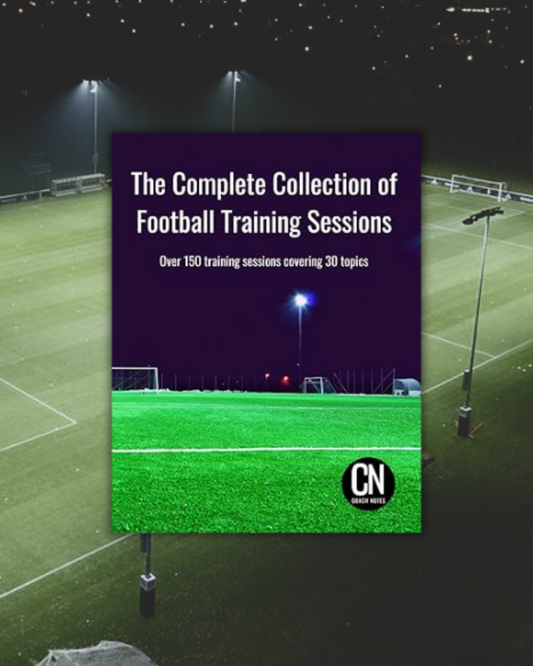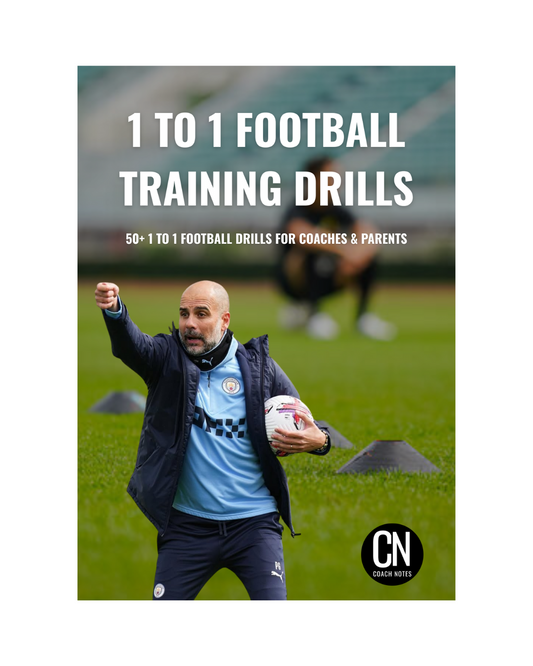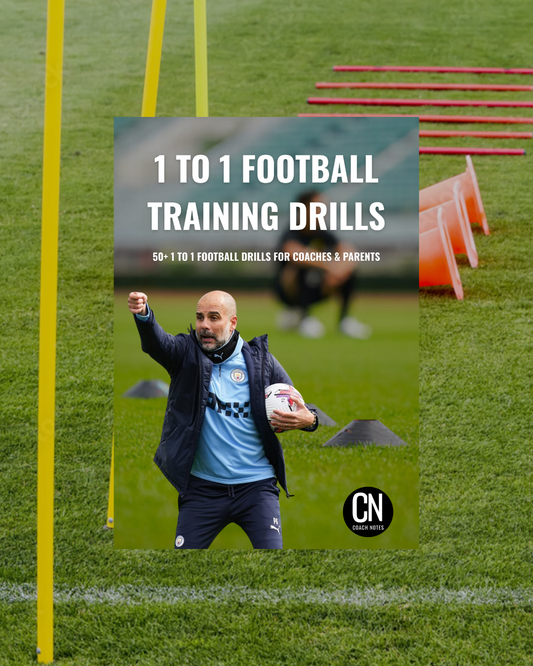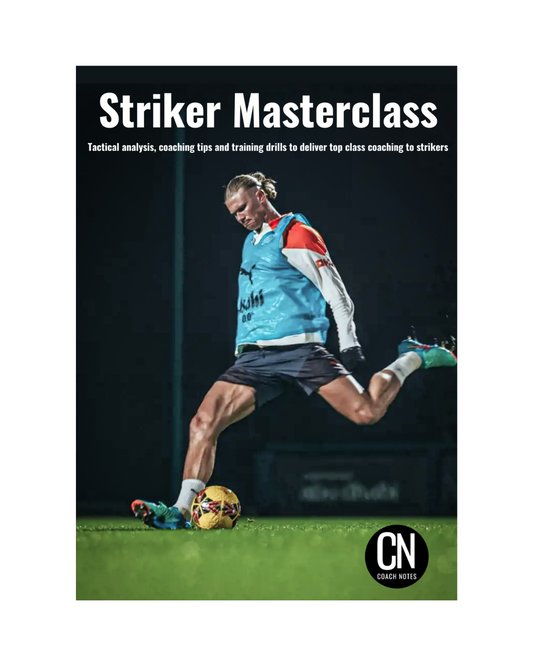
Coaching Players to Attack Space
Share
In modern football, space is one of the most valuable commodities and often the key to unlocking even the most compact defences. Whether it’s a dynamic winger attacking in behind or a clever central player drifting between lines, teams that learn how to exploit space effectively tend to dominate the attacking phases of the game.
For coaches, helping players understand not just where space is, but how and when to attack it, can be transformative. This article explores practical coaching principles and tactical insights to develop players who consistently threaten with intelligent movement and decision-making.
⚽️ Why Attacking Space Is So Effective
Defenders naturally prefer to defend what's in front of them. When play is static or predictable, they can hold their line and stay compact. But when players start attacking space, especially behind the defence, it forces defenders into difficult decisions:
- Do they track the runner and risk opening gaps?
- Do they hold the line and risk being bypassed?
- Can they even see the run in time?
Good movement off the ball creates chaos. It unsettles defenders and increases the chance of errors. Teaching your team to recognise and attack space makes your attack more dynamic, fluid, and dangerous.
⌚️ Training the Timing: Why Repetition Matters
Attacking space requires players to work in tandem, the runner and the passer must be on the same page. This level of understanding does not happen by chance. It’s developed through repeated practice.
Coaching Tips:
- Use patterned passing drills to practise triggering runs at the right moment.
- Reinforce visual and verbal cues (e.g., eye contact, shoulder drops, certain touches).
- Coach both the runner's timing and the passer’s weight of pass or angle of delivery.
- Highlight how delaying a run or slightly adjusting the angle can open up more space.
Over time, these reps build chemistry and rhythm - essential ingredients for exploiting space effectively in match play.
🏃 Types of Runs and Movements to Attack Space
1. Wingers: Start Wide, Attack Blind Sides
Wingers who hug the touchline and then dart in behind are difficult to defend, especially when they time their runs on the blind side of full-backs. As the defender watches the ball, a quick, arced run behind their shoulder leaves them vulnerable to through balls.
Coaching cues:
- Stay wide to stretch the defence before making your run.
- Attack the channel between full-back and centre-back.
- Use curved runs to stay onside and make yourself harder to track.
2. Central Players: Quick Combinations and Forward Runs
Attacking through central areas is difficult due to congestion. But quick one-two passes or wall passes can pull defenders out and open up lanes.
Coaching cues:
- Play quickly with a teammate to draw pressure, then immediately spin into the space behind.
- Use disguise and tempo changes to make the run unpredictable.
- Move off the ball after the pass, not before, to keep defenders guessing.
3. Exploiting the Half-Spaces
The half-spaces (areas between the central and wide zones) are tactically rich zones often overlooked by defenders in a back four. Exploiting these lanes allows attackers to get into positions to cross, shoot, or combine in dangerous areas.
Tactical applications:
- Use inverted wingers or attacking midfielders to drift into these spaces.
- Trigger overlapping runs from full-backs to drag defenders and free the half-space.
- Play inside-out patterns to invite pressure centrally before switching wide.
♟️ How Tactical Setup Creates Space to Exploit
Space can be opened up by design, not just movement. Coaches can create systems and patterns that deliberately manipulate the opposition's shape.
Examples:
- Deep Build-Up to Draw Pressure: By inviting pressure into your own third, you stretch the opposition vertically. Once the press is broken, there's space behind to drive into.
- Unselfish Decoy Runs: A striker dragging a centre-back wide can open a central lane for a midfielder to attack. Teach players that their run may not be for themselves, but to benefit a teammate.
- Opposition-Based Adjustments: If a team defends deep, use bounce passes and overloads. If they press high, go more direct with runners from midfield.
👥 Dribble or Pass? Know Your Players
Not all players exploit space in the same way. Some thrive on running with the ball; others need quick service.
As a coach, analyse your squad and play to their strengths:
- If you have explosive dribblers, isolate them in space where they can face defenders.
- If your players excel at timing runs and finishing, focus on quick interchanges and vertical passes.
- Use GPS or video data to assess which areas each player naturally occupies and how often they break lines with or without the ball.
Encouraging players to exploit space in ways that suit their skill sets will lead to more consistent outcomes and greater confidence.
💭 Conclusion: Be Intentional About Attacking Space
Great teams don’t just react to what space is available, they create space and exploit it intentionally. Coaching this concept requires:
- Tactical clarity: Why is space opening up and where?
- Technical execution: Can your players pass, dribble, or time their runs correctly?
- Team cohesion: Are your players reading each other and working in sync?
Spend time in training working through movements, runs, and timing patterns. Reinforce what good looks like, use video examples, and provide players with regular opportunities to rehearse their decisions.
Once players understand both the how and when of attacking space, your team becomes significantly more dangerous, able to shift defenders, break lines, and dominate with intelligent movement.










3 comments
Amazing
Thanks
Thanks